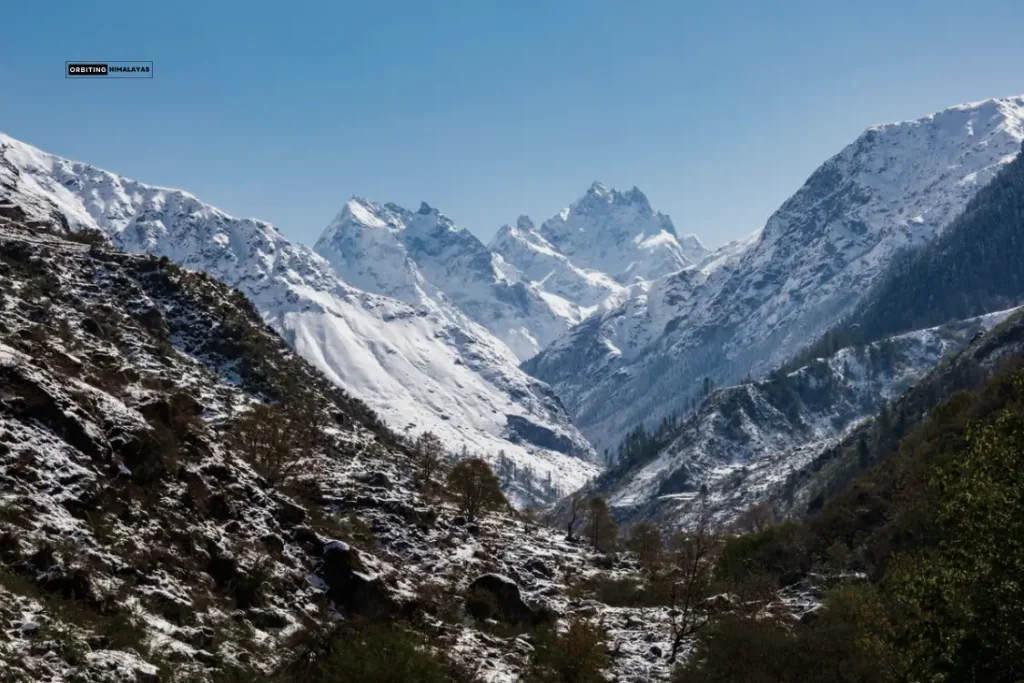Destination
Har ki Dun
Har Ki Doon is a beautiful valley covered with lush green alpine vegetation in the Garhwal region of Uttarakhand. In the lap of the mighty Himalayas, it lies in Uttarkashi district. This attractive valley is shaped like a cradle hanging between two huge mountains. Har Ki Doon is known for its lush green meadows (known as Bugyals in the Garhwal region), flora, and fauna. This valley provides a picturesque view of the snow-covered mountain peaks of the Himalayas in the backdrop. It is at 3566 m (11700 ft) above mean sea level.
Religious Significance
Har Ki Doon is one of the most enchanting treks in the Garhwal Himalayas. The biodiversity of this valley adds an additional feather to the cap. The entire valley of Har ki Doon is considered sacred because of its religious significance. A legend states that the Pandavas visited this place during their exile and meditated there. This mythology links the holy valley with Hinduism. Many Hindu religious shrines and temples are scattered in the valley’s periphery.
Historical Significance
The historical significance of Har Ki Doon plays an essential role in the popularity of the valley among traders and explorers. This valley was an ancient trade route for centuries. In ancient times, trade between the regions of the Yamuna and Tons rivers operated through this valley. Har Ki Doon played a crucial part in maintaining the region’s economy and culture by exchanging goods and customs.
The valley is rich in cultural heritage, with traditional villages that preserve the local people’s unique customs, architecture, and lifestyle. The artistic practices and festivals observed here offer insights into the historical ways of life in the region. For a long period, the culture of the valley was not known to the world due to less connectivity of the natives with the outer world. With the growing connectivity services, the valley has seen sufficient exploration since the British era. During the British colonial period, Har Ki Doon attracted the attention of explorers and trekkers. The valley’s natural beauty and remote location made it a popular destination for those interested in exploring the Himalayan region.
Current Picture
In today’s picture, the development has reached the place without much interference in its natural habitat. Some villages have been linked with roads and mobile networks. Electricity and drinking water have reached almost every human locality in the region. Fewer villages are still out of road connectivity or a few kilometers away from motorable roads.

Har ki Dun
Around 210 km drive from Dehradun to Sankri.
16 km drive from Sankri to Dharkot Village. 4 km trek from Dharkot Village to Seema.
10 km trek from Seema to Boslo.
12 km round trip trek from Boslo to Har Ki Doon to Maninda Lake and back to camp Boslo.
10 km trek from Boslo to Seema.
4 km trek from Seema to Dharkot Village. 16 km drive from Dharkot Village to Sankri.
Departure from Sankri to Dehradun.
